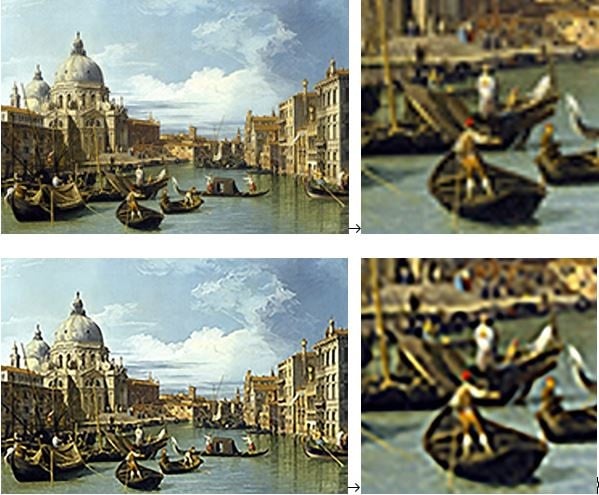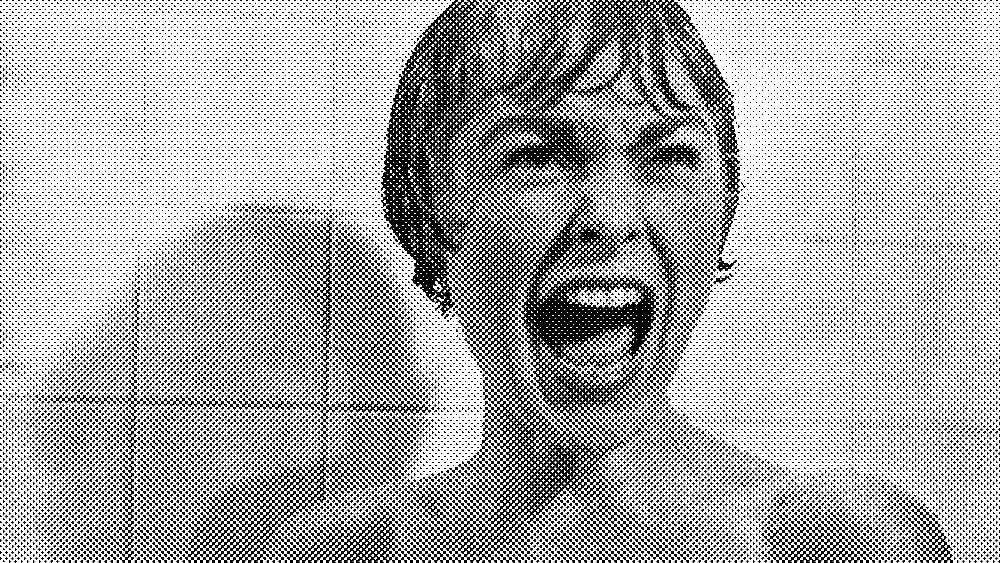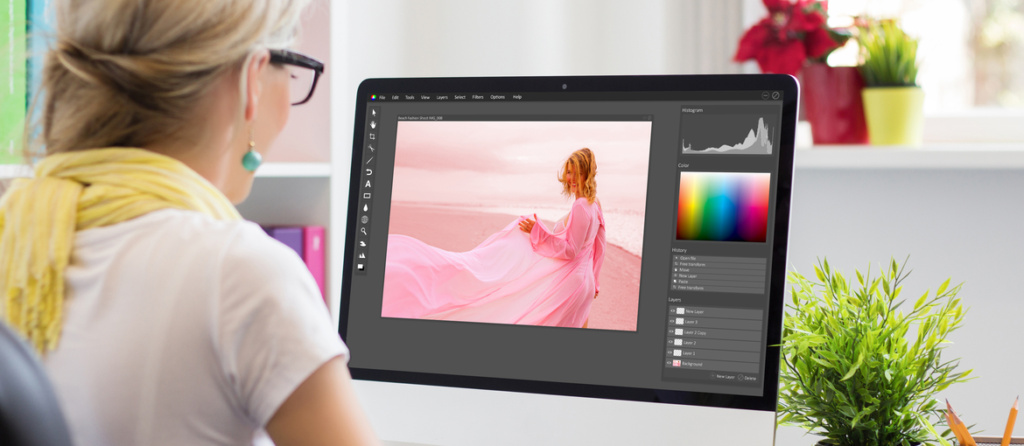The graphic is set for production, appearing crisp and detailed on the display; however, upon being transferred onto the physical medium, it becomes grainy and of substandard quality, spoiling the entire endeavor. What went wrong? In such instances, grasping the concept of resolution and its significance in the context of printing is crucial to prevent wasting funds on an unsatisfactory outcome.
What does the term ‘image resolution’ imply?
Image resolution denotes the pixel count within an image, typically expressed in terms of PPI, or Pixels Per Inch. This metric signifies the pixel density over a one-inch length, (1 inch equals 25.4 mm). A denser pixel distribution per inch equates to more data, hence a more refined and clearer image. When the pixel density is low, the image may exhibit a noticeable pixel structure.


Nevertheless, stating an image’s PPI without context provides limited insight. It is imperative to consider this figure alongside other factors to gain a comprehensive understanding and to ensure confidence in printing outcomes.


Factors to evaluate
Dimensions of the image.
The PPI metric is invariably linked to the dimensions of the target image, measured in pixels. Barring any resampling—a process to be discussed—there’s a fixed relationship between an image’s dimensions and its resolution. For instance, an image of 2000 x 1000 pixels at 72 PPI holds the same quantity of data and quality as its 480 x 240 pixel version at 300 PPI.
It’s essential to recognize that a pixel represents a digital measurement rather than a physical one; it doesn’t equate to a dimension in millimeters or centimeters but is the smallest unit, varying with the display type used.
Size of the file
An image’s resolution and pixel dimensions directly influence its file size, measured in kilobytes (KB), megabytes (MB), or gigabytes (GB). This size denotes the storage space the image will occupy. Higher pixel counts lead to more detailed and clear print representations at a specific size. Concurrently, an increase in pixel count results in larger file sizes, hence more storage space consumed and longer processing and printing times.
Display resolution
The resolution of the display where images are viewed also plays a role, quantified in pixels. Typically, larger displays boast higher resolutions. Like with images, displays feature a fixed pixel density, often around 72 PPI but potentially much greater with modern screens.
If a graphic’s resolution, say 1024 x 768, perfectly matches that of the display, it will show at full size. Matching the PPI ensures clarity, but zooming in will degrade detail.
For web display, considering the final image size and the PPI of target displays is vital. Utilizing compression formats like JPG can prevent images from being excessively large, thus loading more quickly, while preserving pixel dimensions and ensuring quality.
Printing resolution
Printer resolution is denoted not by PPI (which pertains to screens) but by DPI (Dots per Inch), indicating ink dots per inch.
In general, a higher DPI value translates to more detailed print output.
PPI versus DPI
PPI and DPI, representing screen and printer resolutions respectively, are different yet interrelated metrics. The benchmark for quality printing is 300 PPI. While inkjet printers can achieve satisfactory results at 220 PPI, it’s advisable not to drop below 150 PPI to avoid visible pixels and a blurred appearance on paper.
The print medium also affects the needed resolution for clarity. Flaws are more noticeable on glossy paper than on canvas, making the former more demanding in terms of resolution.
Image compression formats (bmp, tiff, jpg)
Compression is key to balancing quality with file size. Formats like TIFF and BMP, which do not compress, preserve all image pixels, ideal for quality prioritization over file size. For reducing file size, JPG format can be used, allowing for adjustable compression. JPG compression analyzes the image in pixel blocks, reducing pixel count per block. The compression’s effectiveness varies with the image’s detail and color complexity.


Despite maintaining the image’s physical dimensions, JPG compression must be judiciously applied, considering the final use, as it can diminish image quality and clarity.
Enhancing image resolution
If an image’s resolution is too low for its intended print size, regrettably, limited remedies exist. Printing a low-resolution image can look unprofessional. Downsizing the image to an appropriate resolution for printing is usually the best course.
For necessary size adjustments despite low resolution, certain techniques might marginally improve the outcome, although not solving the issue outright.
1.Resampling the image.
Resampling, possible in software like Photoshop, adjusts an image’s pixel count. It’s used to either decrease or increase resolution. Although it seems like a workaround for resolution issues, resampling does not create new details or enhance clarity. It generates new pixels based on existing ones, estimating their color.
This technique can help reduce visible pixel grids but leaves the image looking grainy. Adding noise in post-production might help, but overuse of this method should be avoided.

The same image, initially at 216 x 147 pixels and 72 PPI, resampled to 1500 x 1021 pixels and 300 PPI, with comparative zoom views. The zoom reveals that resampling adds pixels without enhancing detail.
2.The halftone screen.
This Photoshop technique converts the image into small, single-color printed dots, offering a solution to grainy or pixelated appearances. It’s not suitable for all images but works well for black and white graphics.

An example of the halftone screen effect.

3.Print and scan.
Printing the image at a small, high-resolution size and then scanning it at high resolution for enlargement is another tactic. This method makes ink dots visible upon enlargement, which, while not ideal, may be preferable to a pixel grid in some situations.
Ultimately, few shortcuts exist for addressing low image resolution. Understanding resolution’s impact on print quality is crucial. Often, opting for an image with suitable dimensions and resolution is essential for professional, effective printing.

